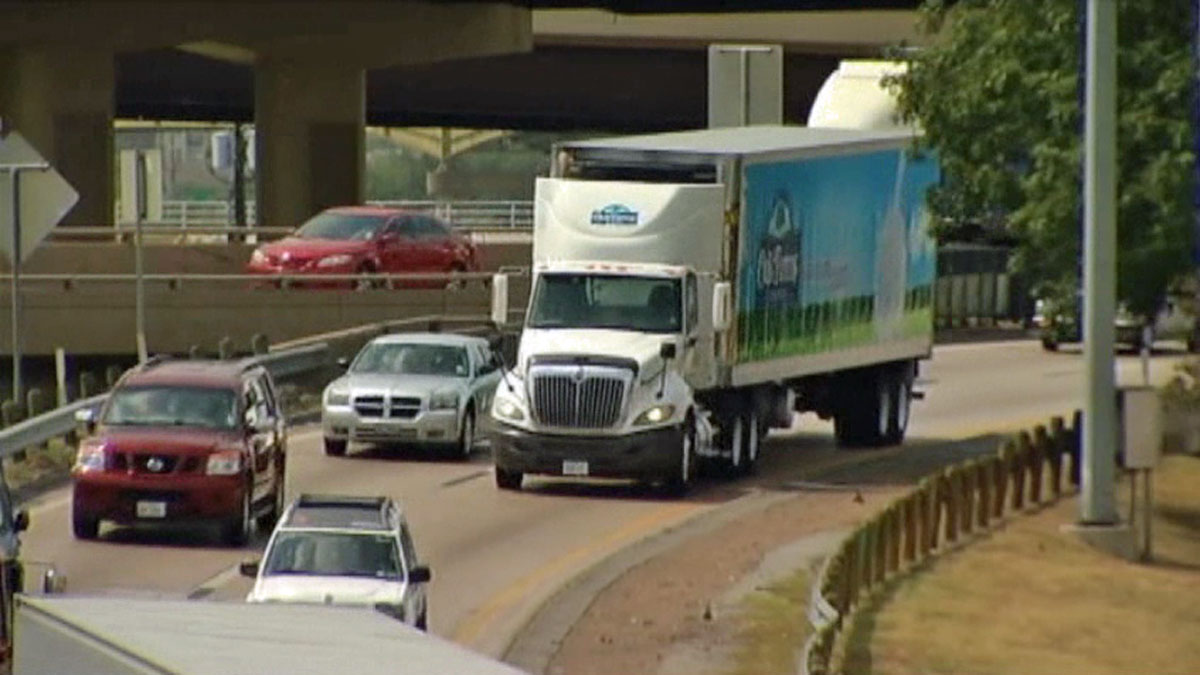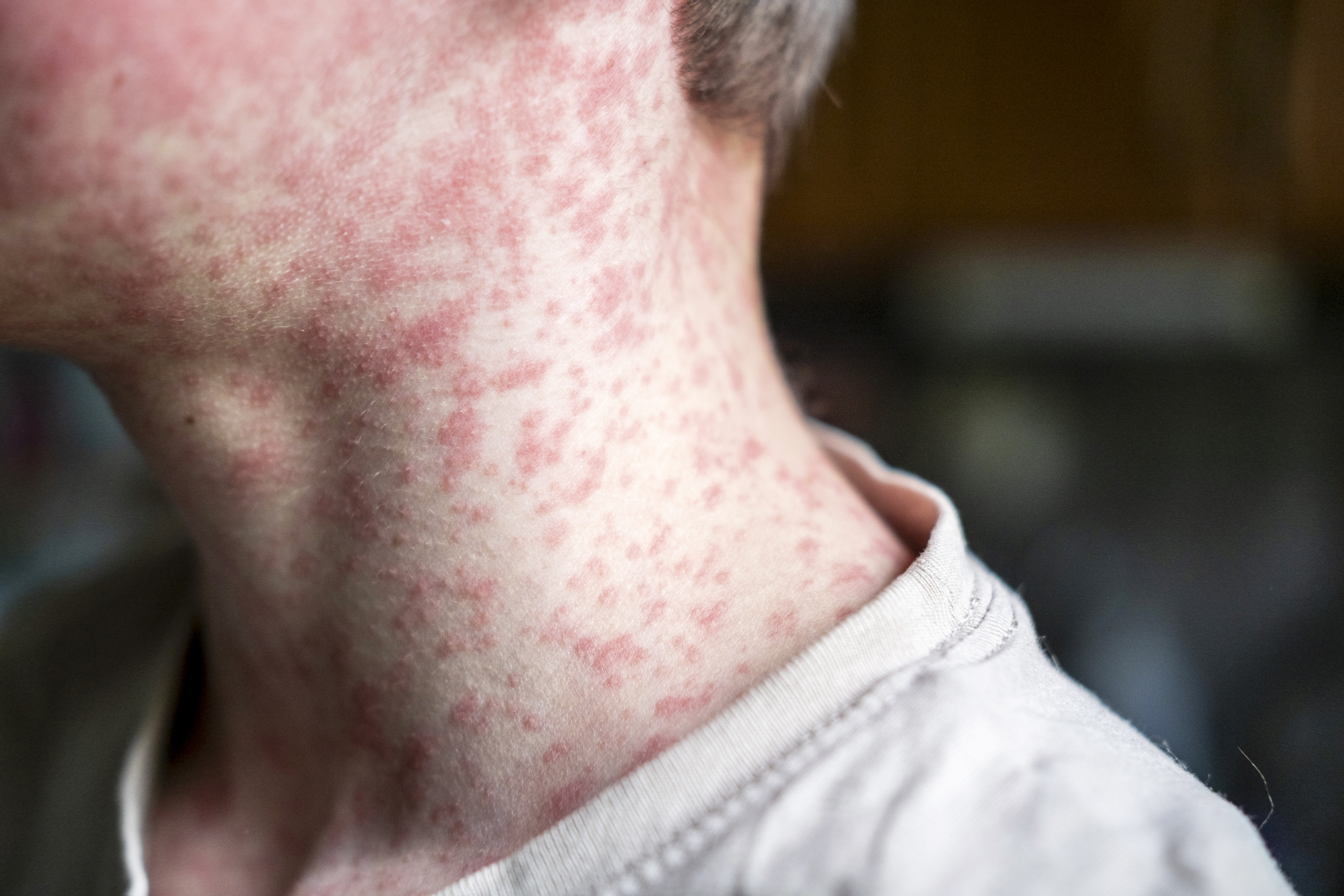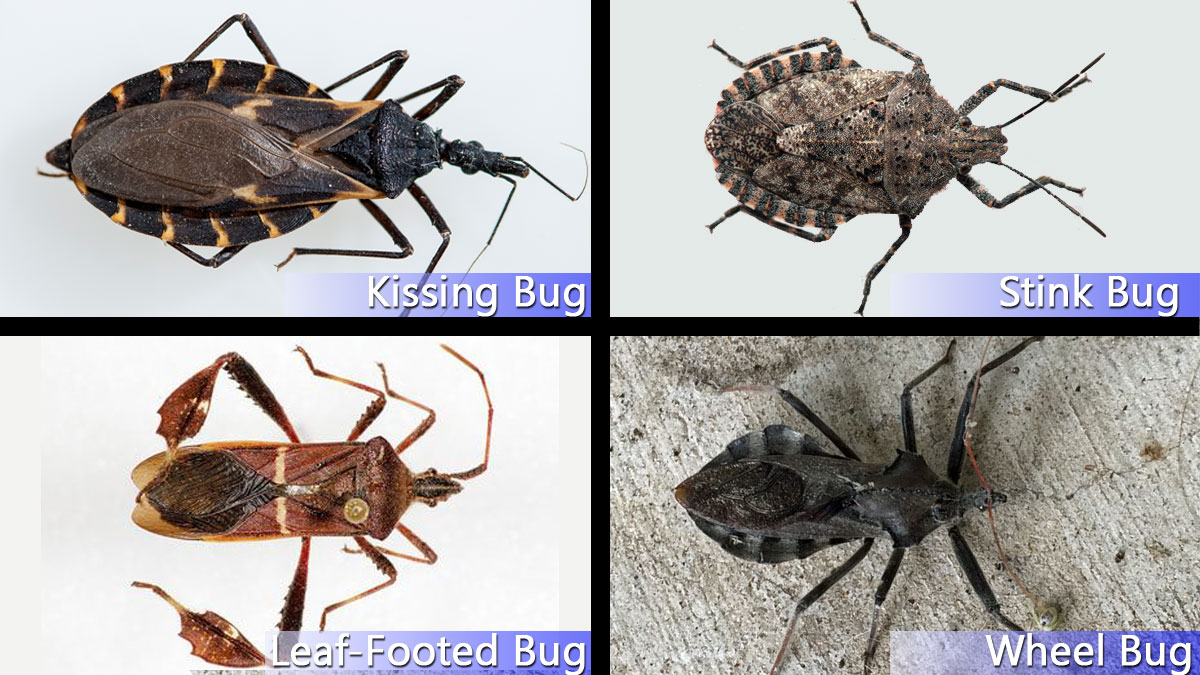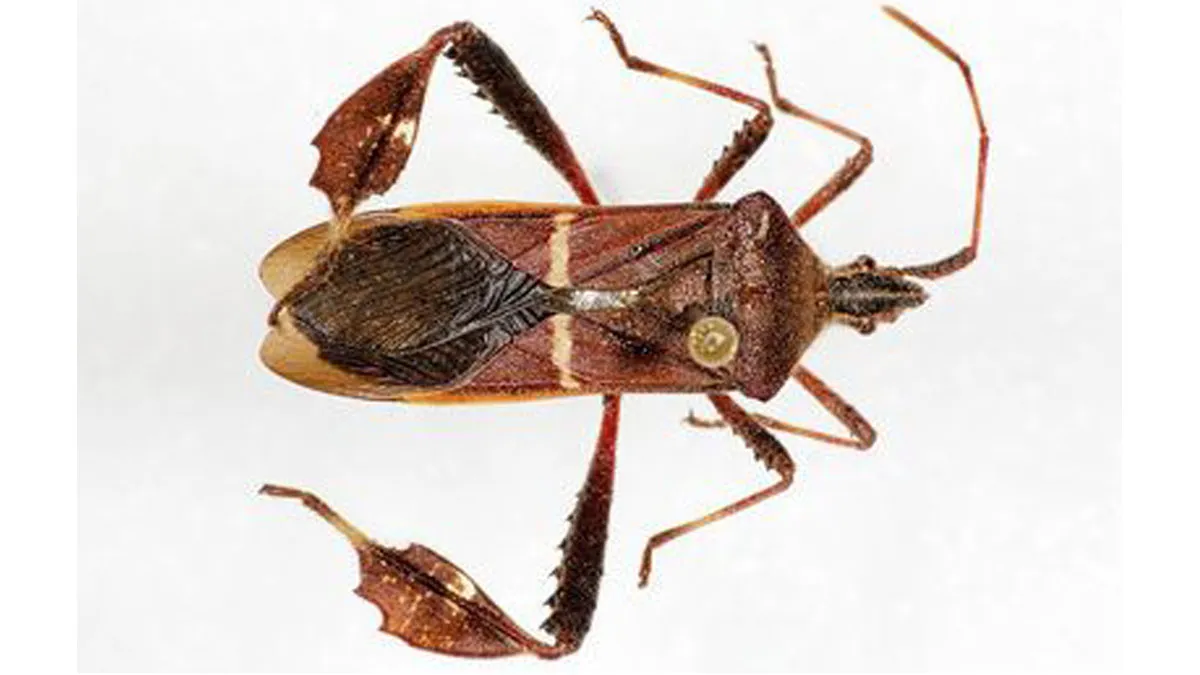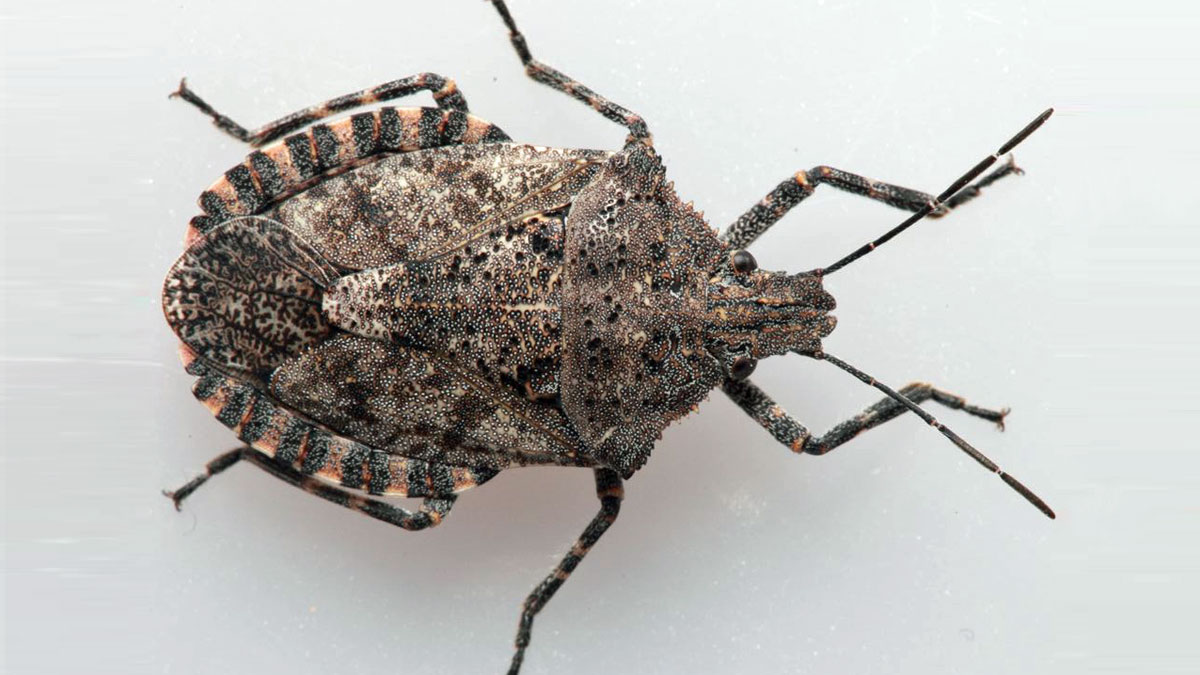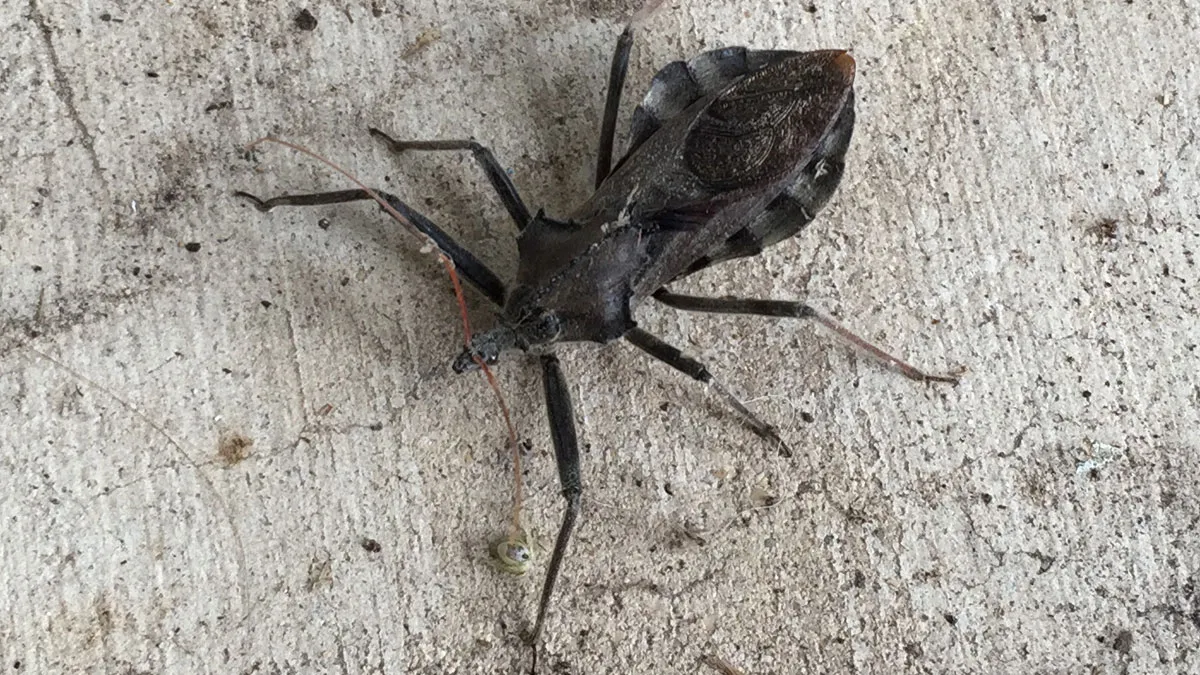Researchers at Texas A&M University in College Station have been inundated with hundreds of photographs and samples of bugs needing identification.
Texas A&M entomologists reported an increase in kissing bugs collected in multiple regions of the state this year.
Kissing bugs can transmit a rare parasite, named Trypanosoma cruzi, that causes Chagas disease, which often starts with flu-like symptoms but in some patients can lead to life-threatening heart problems and even death.
In 2015 NBC 5 Investigates first reported on the appearance of kissing bugs and the Chagas disease in Texas, where hundreds of dogs and at least a dozen Texans were infected. The disease is typically found in Central and South America.
Now, Texas A&M AgriLife experts are reporting an "unusually high number" of kissing bugs compared to numbers in previous years.
"We have already collected over 300 adult kissing bug specimens in a location [in Mission, Texas] where we only collected six individuals in 2019," said Gabriel Hamer, an AgriLife Research entomologist, in a press release.
Other Texas kissing bug collections, including locations in College Station, are higher than in normal years, Hamer said.
Texas News
News from around the state of Texas.
Texas State University assistant professor Paula Stigler Granados also cited an unusually high number of kissing bug photos being sent through the Texas Chagas Taskforce Facebook page.
According to Hamer, about 50-60% of kissing bugs in Texas could be infected with the parasite that causes Chagas, and 25% of people kissing bugs infected with Chagas develop serious chronic disease.
Most infected people remain unaware of their infection and might stay symptom-free for life, Hamer said.
"We know transmission is inefficient, and studies show that a person usually needs to be bitten many times by an infected kissing bug before the transmission of the parasite to the person occurs," Hamer said.
In the 2015 investigation, researchers told NBC 5 Investigates that everyone in Texas should know what the kissing bug looks like and the potential harm it could carry.
Identifying kissing bugs can be difficult because there are some look-a-likes, officials said. Below are some photos to help.
Hidden Threat: Identifying Kissing Bugs
At the top left, that's a kissing bug. At the top right, a stink bug. Bottom left is the leaf-footed bug and bottom right, the wheel bug. If the bug has spikes on it or wide flat legs — it's not a kissing bug.
Kissing Bugs are most active between May and October, according to researchers. If you find a Kissing Bug, do not handle the bug with your bare hands. Because T. cruzi, the parasite that causes Chagas, occurs in the feces, it could have contaminated the bug's body. The insect can be safely stored in a plastic bag, vial or small container. Any surface touched by the bug should be cleaned.
Any kissing bugs found inside a Texas home should be sent to the Texas Department of State Health Services for testing in conjunction with the U.S. Centers for Disease Control and Prevention.
Texas A&M AgriLife experts suggested staying aware of kissing bugs beneath porches, between rocky structures, under cement and in outdoor dog houses and kennels, chicken coops or rodent nests.

